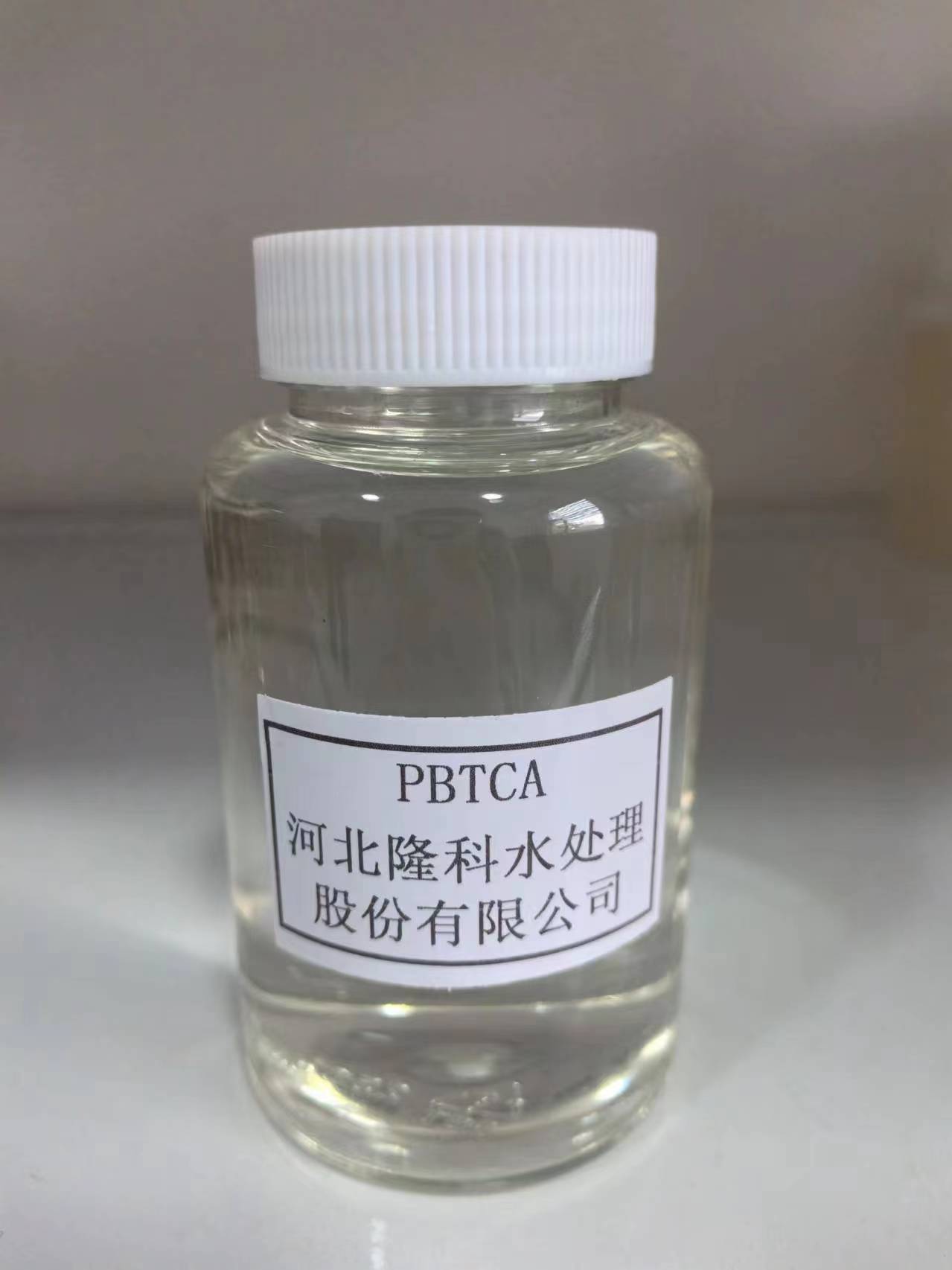Poly Aluminum Chloride (PAC) - Safety Data Sheet (SDS)
Poly Aluminum Chloride (PAC) Safety Data Sheet (SDS)
Poly Aluminum Chloride (PAC) is a widely used chemical in various industries, particularly in water treatment processes, paper production, and as a coagulant in wastewater management. Understanding its properties, handling, and safety measures is crucial for ensuring safe usage and compliance with regulatory requirements. This article provides an overview based on the Safety Data Sheet (SDS) for Poly Aluminum Chloride.
Chemical Identification
Poly Aluminum Chloride is an inorganic polymer compound with the chemical formula Aln(OH)mCl(3n-m). It appears as a yellow to white powder or liquid, depending on the concentration and formulation. PAC is known for its effectiveness in removing impurities from water by facilitating coagulation and flocculation.
Hazard Identification
According to the safety data sheet, PAC is classified under various hazard categories. It may cause skin and eye irritation upon contact. Ingesting PAC can lead to gastrointestinal distress. Therefore, it is essential to handle the chemical with care and follow appropriate safety protocols. The potential for respiratory irritation exists; thus, appropriate measures should be taken to minimize inhalation exposure.
Composition and Ingredients
PAC is typically composed of aluminum, chlorine, and hydroxide ions. The specific composition can vary based on the intended application and manufacturing process. The concentration of aluminum ions directly impacts the effectiveness of PAC as a coagulant.
First-Aid Measures
poly aluminum chloride sds

In the event of exposure, immediate first-aid measures should be followed - Inhalation Move the affected individual to fresh air. If symptoms persist, seek medical attention. - Skin Contact Remove contaminated clothing and rinse the affected area thoroughly with water for at least 15 minutes. Seek medical advice if irritation persists. - Eye Contact Flush eyes with plenty of water for at least 15 minutes, lifting upper and lower eyelids occasionally. Obtain medical attention promptly. - Ingestion Do not induce vomiting. Rinse mouth and seek medical help immediately.
Fire-Fighting Measures
PAC is not flammable; however, in case of a fire, suitable extinguishing media should be used, including water spray, foam, dry powder, or carbon dioxide. Firefighters should wear appropriate personal protective equipment (PPE) and self-contained breathing apparatus to avoid exposure to smoke and toxic fumes.
Handling and Storage
When handling PAC, it is crucial to wear appropriate protective gear, including gloves, goggles, and respiratory protection, to minimize exposure. Store PAC in a cool, dry place, away from incompatible substances like strong bases and reactive metals. Proper labeling is essential to ensure awareness of the chemical's hazards.
Environmental Considerations
PAC should be disposed of in accordance with local regulations. Avoid releasing it into the environment, as it may have adverse effects on aquatic life. Spills should be contained and cleaned up promptly using appropriate absorbent materials.
Conclusion
Poly Aluminum Chloride is an essential chemical with significant applications across various industries. However, it is imperative to recognize and mitigate its hazards through appropriate handling, use of personal protective equipment, and adherence to safety guidelines outlined in the SDS. By following these safety measures, users can minimize risks and ensure a safe working environment. Always refer to the most current Safety Data Sheet for detailed and applicable safety information.
-
Water Treatment with Flocculant Water TreatmentNewsJun.12,2025
-
Polymaleic AnhydrideNewsJun.12,2025
-
Polyaspartic AcidNewsJun.12,2025
-
Enhance Industrial Processes with IsothiazolinonesNewsJun.12,2025
-
Enhance Industrial Processes with PBTCA SolutionsNewsJun.12,2025
-
Dodecyldimethylbenzylammonium Chloride SolutionsNewsJun.12,2025





